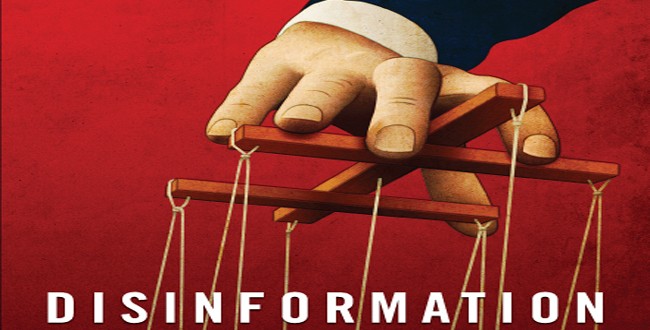In this Information Strategy course, we have been learning lots about the use of information for commercial practices. However, an ancient but still very relevant application is the use of information, and increasingly information technologies, for propaganda. Although propaganda may sound more ‘Cold War’ than you may think, it is a very widespread and present day issue. In this blog post I will elaborate on how Russian digital information strategies have affected Western politics and journalism.
Two instances where Russia denied any influence: the downing of flight MH17 and role of Russian commandos in the seizure of Crimea. Both times, the Russian government was very effective in persuading its own civilians of their side of the story, whereas Western media exposed Russian lie after another. How is it possible that such a large group of people is susceptible to stories that do not seem to make any sense to the non-Russian audiences? Although perhaps many reasons add to this complex matter, this blog points at the role of the disinformation warfare that Russia has very effectively been executing.
A multitude of different communications channels were used to deny and discredit Russian interference in both cases. Although lying by governments is not new at all, the use of information technologies is striking in this example. A well-coordinated media campaign including internet trolls, hackers, state-run media channels, retired soldiers, public figures and anonymous hackers (Foreignpolicy.com, 2016) influenced public perception heavily. One of the reasons why they are so persuasive, is the use of online media platforms, such as Twitter and other popular web blogs. Thousands of fake accounts are said to have been used to place comments, steering readers into certain points of view. In addition, self-created evidence, such as supposed radar images, ‘tracked’ phone conversations and hacked ‘e-mails’ of open-sourced journalism platforms such as Bellingcat, was created and spread using internet technologies (Foreignpolicy.com, 2016).
As it is very complex and costly to distinguish and remove fake accounts from social webspaces such as Twitter, it has become a new agenda point for NATO forces (Voice of America News, 2016). And whereas the Russian government does not seem to play by the rules, Western agencies are far more restricted in using their powers. Does the freedom of the internet in this example restrict the course of justice in several countries?
References:
Foreignpolicy.com (2016) http://foreignpolicy.com/2016/09/29/how-mh17-gave-birth-to-the-modern-russian-spin-machine-putin-ukraine/
Voice of America News (2016) http://www.voanews.com/a/nato-russia-information-war-propaganda/3526780.html

